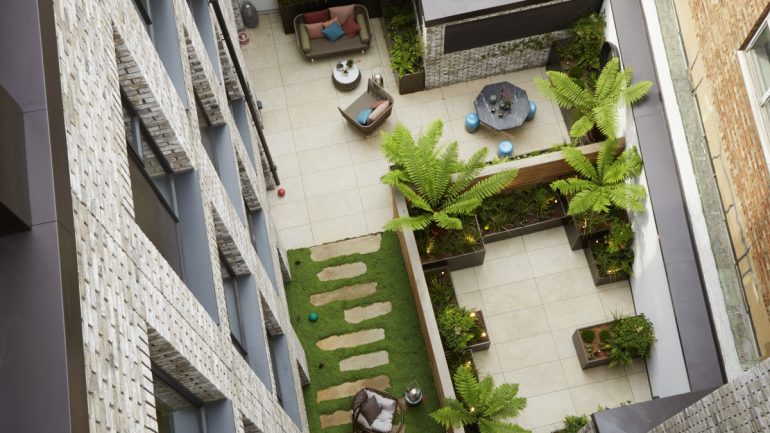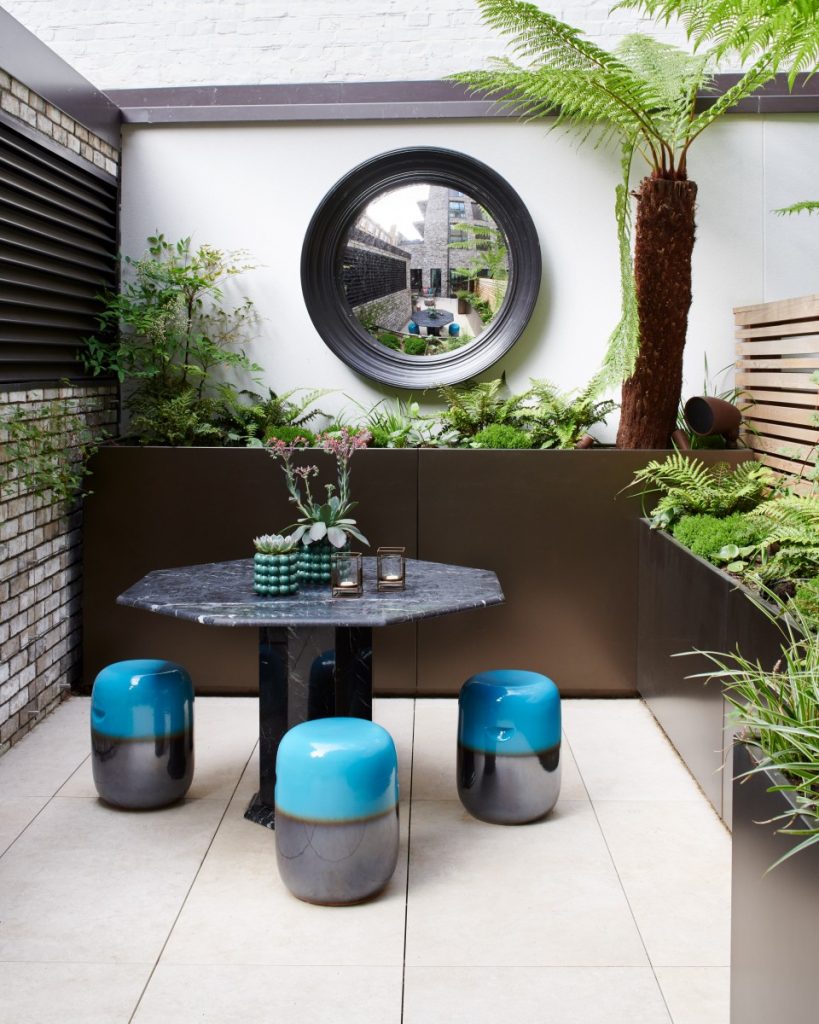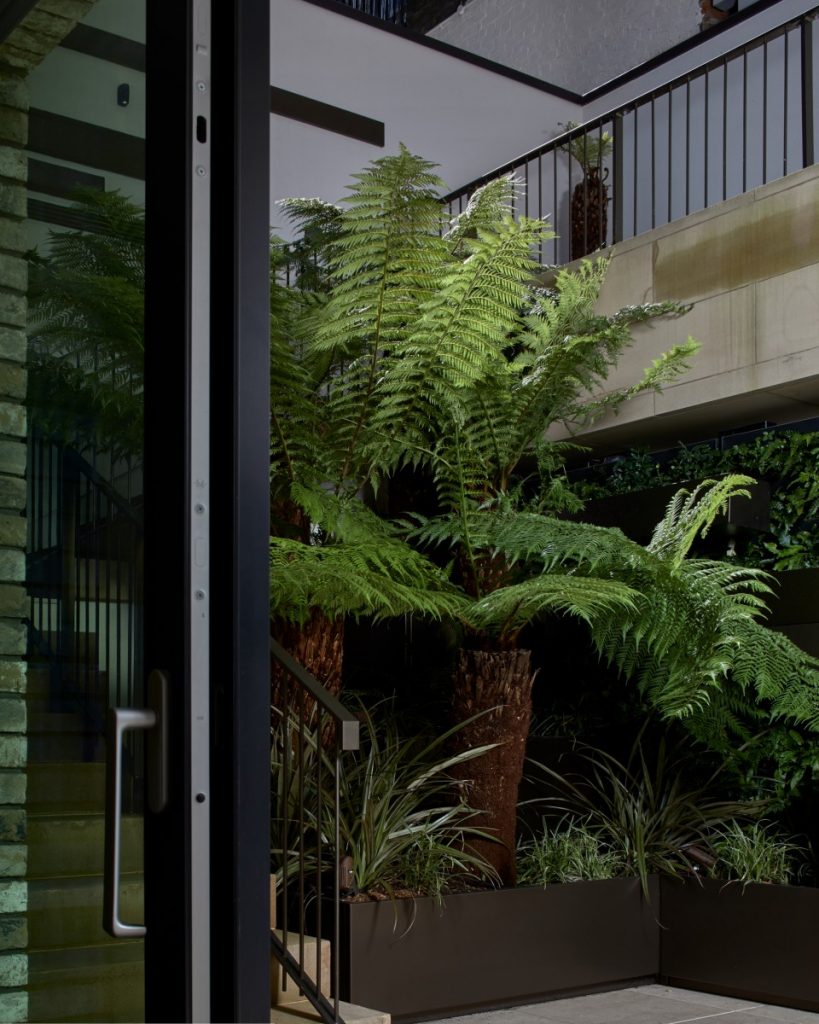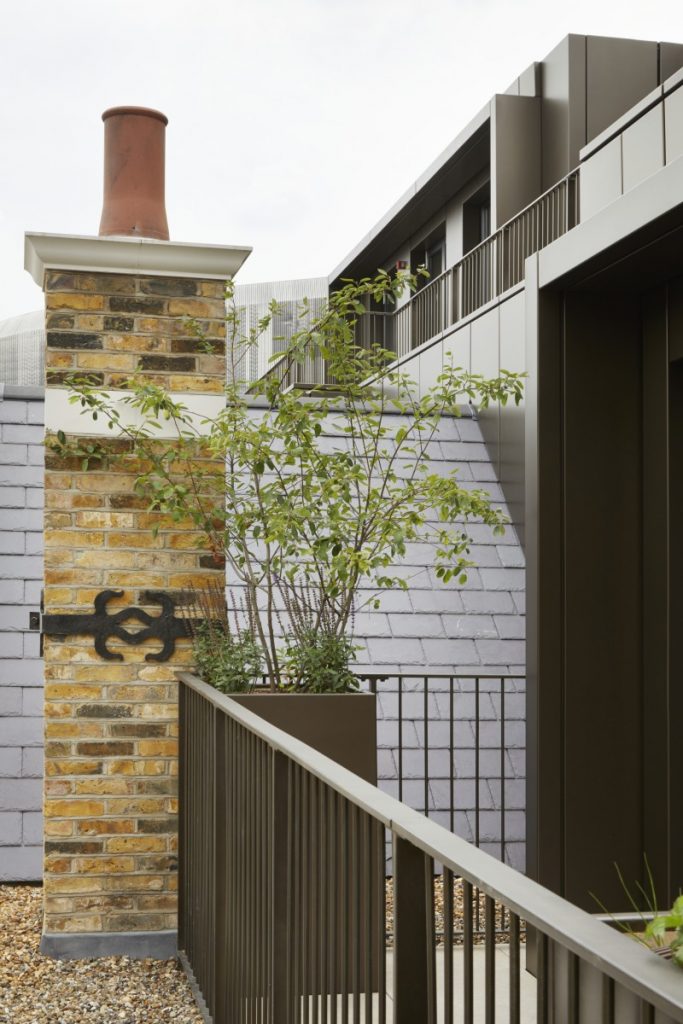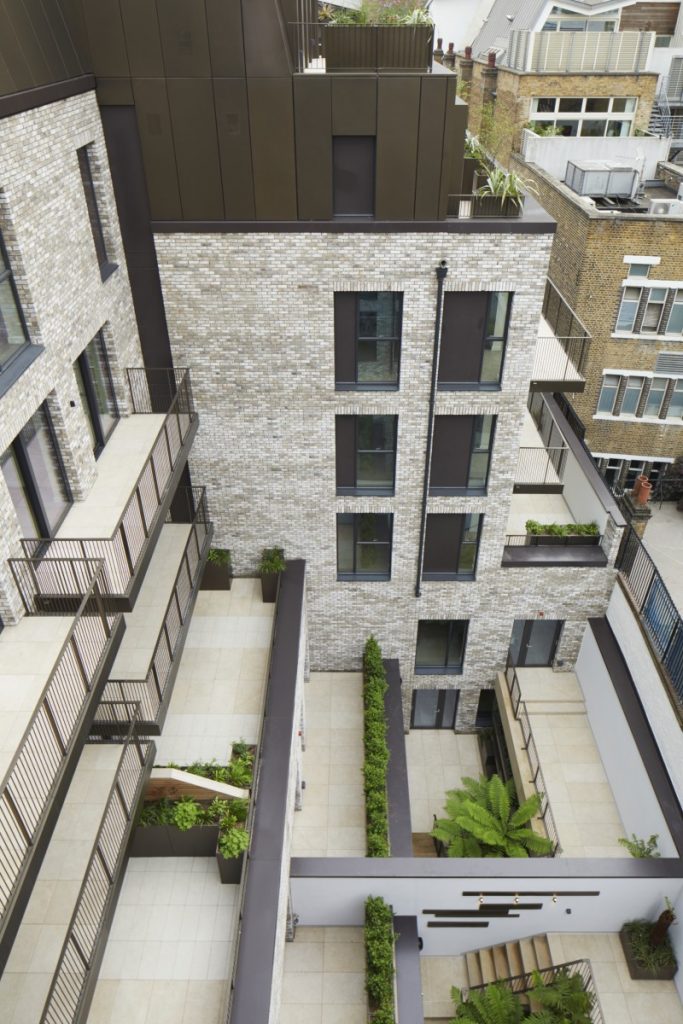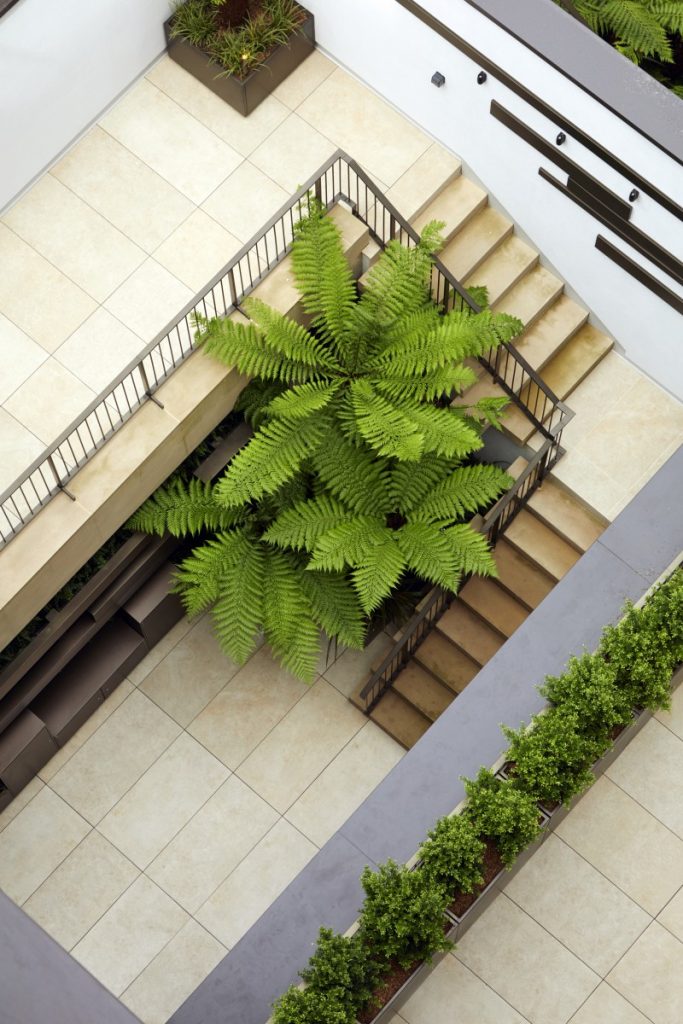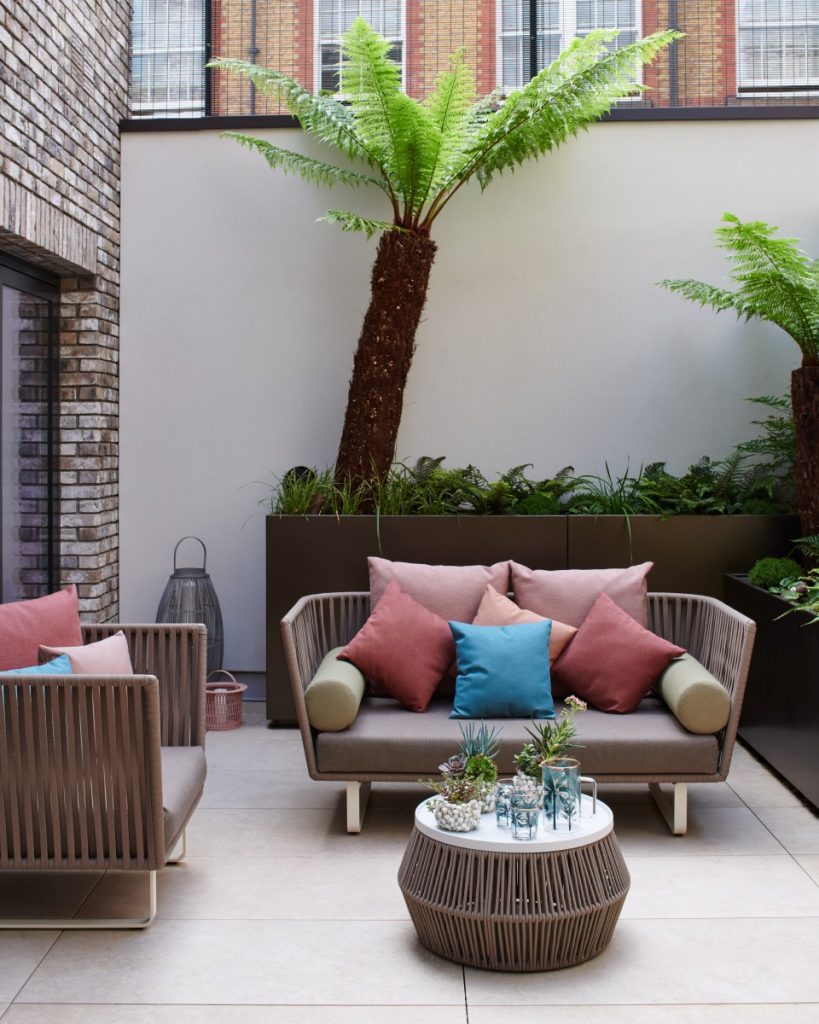Exclusive interview with Andy Sturgeon on Chapter House by Anya Cooklin-Lofting
Covent Garden is one of London’s most celebrated cultural neighbourhoods. Of late, this pocket of London has become a world famous destination for fashion, culture, food and theatre lovers. Covent Garden is lesser known, however, for its capacity for residential living, and even less so, for its garden space. In fact, the garden space within the residential enclave that is Chapter House, the newest development by lifestyle-led property developer, Londonewcaste, is what makes it quite so appealing.
The majority of the 40 apartments at Chapter House feature generous outdoor space. The terraced spaces were created by Chelsea award-winning landscape and garden design firm, Andy Sturgeon Design, whom I speak to today about his brief, inspirations and solutions for city gardens to tend, use year-round and enjoy.
ANYA COOKLIN-LOFTING: What was your brief for the design schemes at Chapter House? What were the specific requirements that you needed to fulfil?
ANDY STURGEON: My design team and I were appointed to design a number of small terraces, gardens and a mews for the Chapter House Project. The concept for the development was to express different planting styles based on the floor levels and micro climates of the terraces. The spaces were designed to have movement. From lush green planting in the basement to sun-loving perennial planting on the top level.
ACL: How do you visualise your schemes? In terms of shapes, the sensible experience of the space or the practical uses?
AS: Each space I design is carefully analysed in terms of sunlight and shading, views, how people use the space, what the demographic of the user would be and the existing landscape conditions. We then take briefs from the clients and prepare concept documents which summarise and consider all the analysis. This would also be the stage at which we present the strong concept idea to move forward with.
ACL: What plants did you specify for the Chapter House gardens, and why?AS: The plants we chose were specified to fit the aspect of the terraces and gardens. The shadier gardens included shade tolerant species such as Dicksonia Antarctica, Libertia Grandiflora and Nandina Domestica. The sunnier spaces at the top of the development include species such as Amelanchier Lamarkii, Cistus and Pennisetum Alopecuroides Hameln.
ACL: How do you tackle the small space issue inherent to city gardens?
AS: Smaller spaces always require more creative thought. The smaller roof terraces demanded more creativity in terms of our use of space, planning, materials, planting and screening. Using light colour paving and a more reflective surface for the planters gave a greater sense of light and space to the terraces.
ACL: The raised planters feature widely across each garden space at Chapter House. Talk me through them…
AS: The raised planter boxes feature widely and are a key to the overall design scheme. They are highly contemporary, which is what we liked about them. The steel planters are powder-coated in a bronze finish to coordinate with the metal work in the building’s architecture.
ACL: And finally, can you cite any specific inspirations for the Chapter House project?
AS: The inspiration for these city gardens truly does lie in the structure of the floor levels and how we could play with diverse planting at each architectural stage. The micro climates of each of the terraces were very influential in their specific and distinct designs, each achieving a different planting character.
Chapter House gardens, www.chapterhouse.london, photography by Apt

